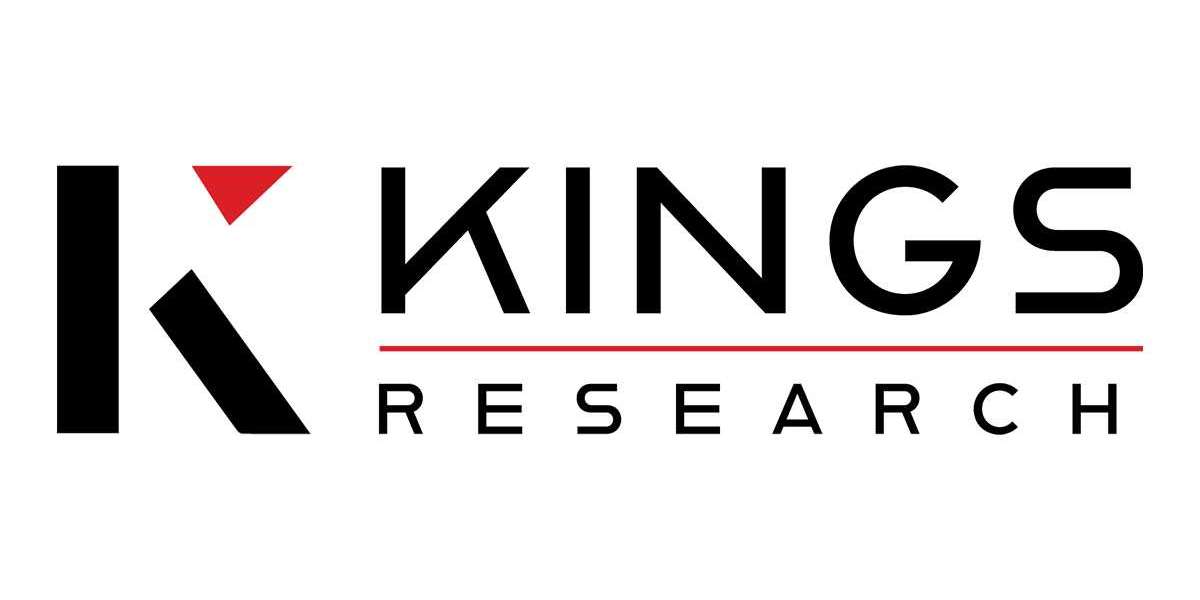In the construction and engineering industry, accurate estimation of materials and quantities is crucial for project success. Two common terms often used in this process are Material Takeoff (MTO) and Quantity Takeoff (QTO). While these terms are sometimes used interchangeably, they have distinct roles in project planning and cost estimation. Understanding the key differences between Material Takeoff and Quantity Takeoff is essential for contractors, project managers, and estimators. This article will explore these differences and explain why they matter.
What is Material Takeoff (MTO)?
Material Takeoff (MTO) refers to the process of listing and measuring all the materials required for a construction project. It involves identifying the specific types of materials needed, their dimensions, and their estimated weight or volume.
Key Aspects of Material Takeoff:
- Material Identification: Includes specifying different materials such as concrete, steel, wood, or insulation.
- Measurement and Weight Calculation: Determines the quantity and weight of each material.
- Detailed List for Procurement: Helps in ordering the exact materials required for the project.
- Reduces Waste: Ensures only necessary materials are ordered, reducing excess inventory and waste.
Importance of Material Takeoff:
- Helps in precise procurement planning.
- Reduces cost overruns due to excess material.
- Improves construction efficiency by ensuring materials are available when needed.
- Provides a foundation for cost estimation and budgeting.
What is Quantity Takeoff (QTO)?
Quantity Takeoff (QTO) is the process of quantifying the elements of a construction project based on architectural and engineering drawings. Unlike MTO, which focuses on materials, QTO focuses on measurable quantities such as area, volume, and length.
Key Aspects of Quantity Takeoff:
- Measurement of Project Components: Includes areas, lengths, and volumes rather than just materials.
- Used for Cost Estimation: Helps in calculating labor, equipment, and material costs.
- Based on Construction Drawings: Extracts data from blueprints and CAD models.
- Foundation for Bidding Process: Essential for contractors when preparing bid proposals.
Importance of Quantity Takeoff:
- Provides a detailed breakdown of project costs.
- Aids in budget planning and cost control.
- Ensures contractors bid accurately on projects.
- Helps in tracking project progress by comparing estimated vs. actual quantities.
Key Differences Between Material Takeoff and Quantity Takeoff
While both MTO and QTO play crucial roles in construction planning, they serve different purposes. Below is a comparison of their key differences:
| Feature | Material Takeoff (MTO) | Quantity Takeoff (QTO) |
|---|---|---|
| Focus | Identifies and lists materials | Measures and quantifies project components |
| Scope | Deals with physical materials like steel, concrete, and wood | Includes all construction elements such as area, volume, and length |
| Purpose | Used for material procurement and inventory control | Used for cost estimation and bidding |
| Data Source | Based on material specifications and requirements | Extracted from engineering drawings and blueprints |
| Application | Helps in purchasing raw materials | Assists in overall project budgeting |
| Measurement Units | Measured in units like kilograms, cubic meters, and pieces | Measured in square meters, cubic meters, and linear meters |
Why Understanding the Difference Matters
Both MTO and QTO are essential for successful project execution, but understanding their differences can lead to better planning and cost management. Here’s why it matters:
1. Avoiding Budget Miscalculations
Misinterpreting MTO as QTO or vice versa can lead to incorrect cost estimates, resulting in financial losses or project delays.
2. Efficient Material Procurement
MTO ensures that only the required materials are ordered, reducing storage costs and minimizing waste.
3. Accurate Bidding and Cost Estimation
QTO provides a clear understanding of project costs, allowing contractors to bid competitively and avoid underbidding or overbidding.
4. Better Project Scheduling
Knowing both material and quantity estimates ensures that materials arrive on time, preventing work stoppages due to shortages.
5. Enhanced Collaboration Among Teams
Project managers, estimators, and procurement teams need to work together, and understanding the difference between MTO and QTO fosters better communication and coordination.
Conclusion
Material Takeoff (MTO) and Quantity Takeoff (QTO) are fundamental aspects of construction planning and estimation. While MTO focuses on identifying and measuring materials, QTO deals with quantifying construction elements. Understanding these differences helps in improving cost estimation, reducing waste, and ensuring efficient project execution. By leveraging both processes effectively, contractors and project managers can enhance productivity, optimize resource allocation, and achieve better project outcomes.






